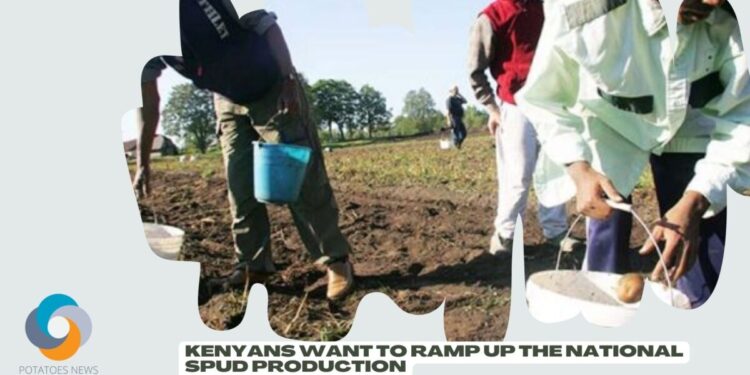The current goal of the National Potato Council of Kenya (NPCK) is to ramp up national potato production to 2.5m tons per year, but the seed quality continues to be a barrier to this.
Nevertheless, with the existing production of about 7 tons per hectare, way below the projected potential of about 30 tons per hectare, substantial efforts from public and private stakeholders are crucial to establishing the potato industry as a competitive and profitable food crop.
The NCPK’s current CEO, Wachira Kaguango, cited by KBC, attributes the limited productivity to several factors, including a limited supply of quality seed, poor farming methods, and incorrect farm input.
According to the above-mentioned media source, the majority of the Kenyan growers use the Shangi potato variety, which has a limited storage shelf life, before it starts to sprout.
Low postharvest returns are also a major challenge for farmers, who are forced to sell their potatoes at throwaway prices to compete with other farmers.
Kanguongo presented a set of solutions proposed by the NCPK that have the potential to significantly increase the productivity of the more than 150,000 hectares used for potato cultivation in Kenya today.
These include the development of cold storage facilities around the country to allow farmers to sell even off-season at a fairer price. This is coupled with the supply of alternative potato varieties to farmers that can last longer in cold storage.
The NCPK’s National Potato strategy for 2016-2020 saw the introduction of The Crops (Irish Potato) Regulations, 2019 as a legal framework to further regulate the potato industry as well as the addition of the potato industry.
Their current strategy, for the period of 2021 to 2025, focuses on post-harvest management, value addition, enhanced import, export, and trade as well as enhanced use of data management tools and increased participation of youths and women in potato value chain businesses, among other objectives.








